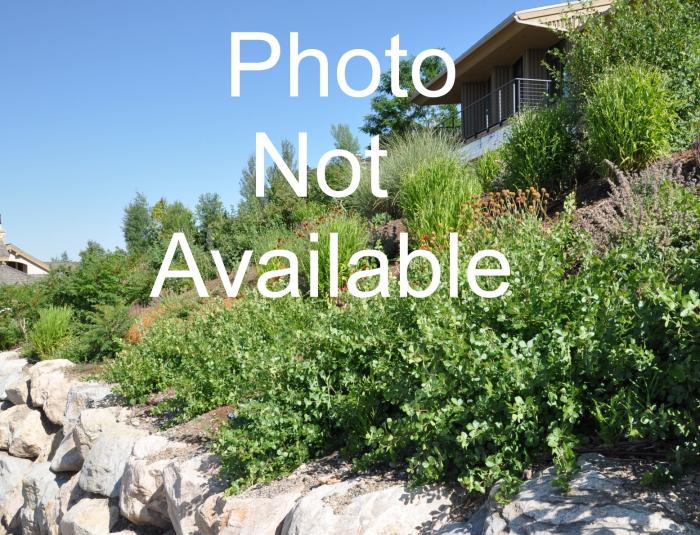| Botanical Name: Leymus cinereus | |
| Common Name: Great Basin Wildrye |

-
Anatomy
-
Culture
-
Design
Plant Type
Grass
Height Range
6-12'
Flower Color
n/a
Flower Season
Summer
Leaf Color
Green, Blue Green
Bark Color
n/a
Fruit Color
n/a
Fruit Season
n/a
Sun
Full
Water
Low
Growth Rate
Slow
Soil Type
Sandy, Clay, Rocky
Soil Condition
Average, Poor, Well-drained, Dry
Soil pH
Neutral, Basic
Adverse Factors
n/a
Design Styles
Meadow, Ranch, Spanish, Native Garden
Accenting Features
Silhouette
Seasonal Interest
Winter, Summer, Fall
Location Uses
Background, Perennial Border, Shrub Border, Foundation
Special Uses
Hedge, Screen
Attracts Wildlife
n/a
Information by: Stephanie Duer
Photographer:
Photographer:
-
Description
-
Notes
A Utah native. This grass makes an impression in a landscape. Leaf blades are flat, bright green to blue-green, and form upright clumps. Spikes are long and wheat-like. Including its spike, it may grow to 6 to 8 feet tall and 3 feet wide.
Grow in well drained soils in full sun. Alkaline tolerant, growing in soils with pH up to 9.0. Also tolerant of saline soils. Cut back in late winter to early spring to a few inches above the ground. Also known by Elymus cinereus.